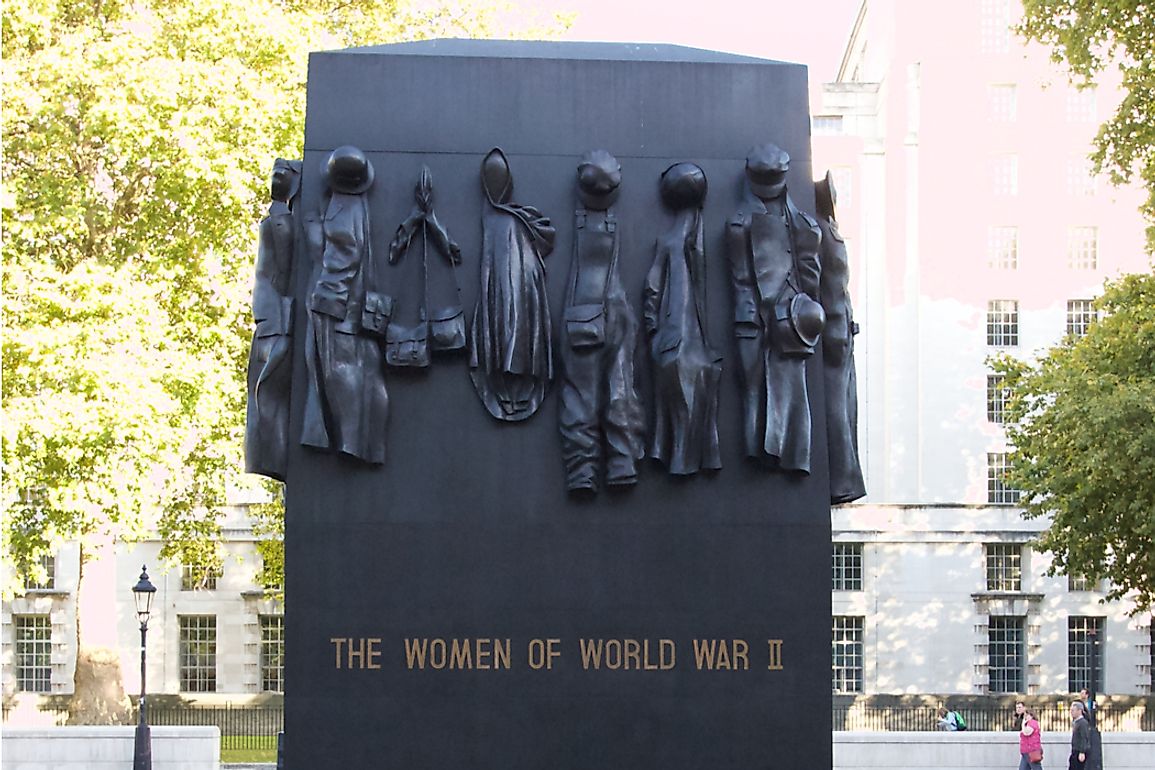The Role of British Women In World War II

Women played a crucial part in the success of Britain in the Second World War. After millions of men flew to the front line, women were forced to take up jobs that were traditionally meant for men. Women spearheaded the evacuation of children and the elderly whenever British cities, including London, were targeted by enemy forces. Several more took up military roles fighting side by side with men.
The Women’s Land Army
After Germany declared war women were enlisted in the British Women’s Land Army (WLA). By August 1940, about 7,000 women had enlisted in the army. However, with the blockade of British supply routes from America by German U-boats, Churchill feared that the country would starve. A majority of women joining the army had abandoned farmlands. Churchill stopped the recruitment of women and asked women to choose between working in factories or in farms to prevent Britain from starving.
Factory Work
Millions of women chose to work in factories producing all manners of ammunition, uniforms, weapons, and even airplanes. They worked for many hours each day, and many decided to live closer to the factories. Skilled women were paid £2.15 a week. Unskilled men earned double the amount and in 1943 women at the Rolls Royce factory went on a strike. They were pelted with rotten eggs and declared unpatriotic for demanding a wage increase during wartime, however, they prevailed and their wages finally raised to match those of semi-skilled male workers.
The Women’s Voluntary Service (WVS)
During the Nazi bombing of London, women in voluntary organizations provided support services such as firefighting and transporting food to soldiers and the affected. By 1943, the WVS had about a million members. Many of those in volunteer service were elderly as the younger women worked in factories and on farms. They sheltered people who had been affected by the bombing in underground facilities. When the cities of the UK were not in danger, the women weaved socks, balaclavas, and other clothes to keep the soldiers warm during winter.
The Auxiliary Territorial Service (ATS)
Women were recruited to serve in the army, navy, and air force. Those in the army wore Khakis just like men. The posters used to recruit women were glamorous, and several of those who enlisted envisioned an exciting life. However, a lot of the women who worked in the army ended up as drivers, mess hall workers, or working on anti-aircraft guns. As the war intensified, women were given positions as electricians and welders. Those in the air force worked in radar stations, and as Air Transport Auxiliary, flying new airplanes to their respective airfields.
Secret Agents
Some women were recruited as spies. They learned military tactics and parachuted to occupied France. Their primary objective was to infiltrate the Germans and report back to their commanders. Women played a crucial role during the landing in Normandy in 1944. Among the renowned British secret agents are Odette Churchill and Violette Szabo.











